As an active athlete or someone interested in health, one hears more and more often about the so-called heart rate variability (HRV). But not only laymen are increasingly interested in HRV, also the number of scientific articles is constantly increasing.:

What is heart rate variability?
HRV describes the change in the intervals between 2 heartbeats. It is measured in milliseconds (i.e. one thousandth of a second). The greater the variability (i.e. the more different the individual distances are from each other), the better. Here you can see how HRV is calculated from an ECG:

Why is greater variability better?
Without deeper knowledge, one would assume that it is good if the heart beats as evenly as possible. In truth, however, the exact opposite is the case - but why? Every person has a multitude of sensors in their body that provide important feedback for the control of the heart in order to optimally supply the entire body with blood. The heartbeat is then influenced in its sequence via the autonomic nervous system. If this influence functions well, a strong variation of the heartbeat intervals occurs and indicates relief. If this fine control functions poorly or hardly at all, then the organism is under strain.
Want even more detailed information? Check out our webinar on the basics of heart rate variability here:
History of HRV
The first documented use of heart rate variability goes back to the Chinese physician Wang Shu-ho in the 3rd century A.D., who recognized that a very regular heartbeat indicates poor health. He recognized: "If the heartbeat is as regular as the knock of the woodpecker or the drip of the rain on the roof, the patient will die within 4 days." At that time, the delicate intuition of an experienced physician was necessary to recognize this condition. Today, 1700 years later, there are extremely accurate HRV measuring devices for this purpose.
Areas of application of heart rate variability
HRV is primarily used in two areas: sport and health:
Training according to HRV
To adjust your training according to your heart rate variability, it is necessary to measure it at least 2x a day. For this it is almost mandatory to use a HRV meter that calibrates to your body. HRV values are strongly age and person dependent. Only with a calibrated device you can be sure that training recommendations are exactly adapted to your body. On days when your heart rate variability is high, you can train anything from light regenerative sessions to intense intervals to strenuous strength training. If your HRV is low, then you should do light to no training, depending on how low it is. Good apps show you this clearly.
Detect overtraining through HRV - is it possible?
Yes, you can - if you take at least one measurement every day. You can recognize overtraining by regeneration values that no longer recover. Good HRV apps show you this - here is an example from the Vitalmonitor portal:

Overtraining from mid-October. The solution: more recovery time or less load
The HRV in the health sector
HRV as a stress indicator
In health management, heart rate variability is used to measure stress levels. Usually this is also done with the help of a calibration phase, as the stress resistance of different people varies greatly. Good HRV apps use a mixture of the heart rate variability itself and a breathing exercise for this. This determines how long the organism needs to adapt the heartbeat to the breathing requirement (the faster and stronger the coupling of the heartbeat to deep breathing works, the more recovered the organism is).
BioAge as a measure of lifestyle
Another common value is the BioAge. It tells how good one's HRV values are in comparison with other people. The lower the heart rate variability, the higher the biological age. The essential thing here is that you can lower BioAge through exercise/sport, diet, rest & time management (check out a blog article on lowering BioAge here).
HRV-Biofeedback
Biofeedback is about measuring biological processes and "training" them at the same time. Essentially, it is the targeted learning of the activation of the parasympathetic nervous system (sympathetic and parasympathetic nervous system are two counterparts in the body. The sympathetic nervous system can be compared to an accelerator pedal - the parasympathetic nervous system is the brake). Measurements are again taken with an HRV measuring device. The biofeedback exercises show:
- a graphical specification of how to breathe and then record how the HRV behaves or
- you can influence what happens on the screen by your own breathing
By measuring and getting feedback on your body functions through heart rate variability, you can learn to influence them. Through regular biofeedback exercises you can increase your HRV and strengthen your stress resistance.
Factors influencing HRV
The following factors lead to greater or lesser heart rate variability:
bigger:
- healthy diet
- balanced life
- regular sport
- sufficient recovery time
smaller:
- stress
- alcohol
- overtraining
- nicotine
- caffeine
- no or lack of movement
- overweight
- during and directly after physical stress
Improvement of heart rate variability
After describing which factors influence HRV, it is relatively easy to improve heart rate variability. The possibilities are divided into 4 main groups:
- Exercise/sport: Whether exercise or sport depends on the initial situation. Overweight people, for example, should first start with exercise or light swimming training in order not to damage the joints. For all (hobby) sportsmen: Attention an intensive endurance or strength unit increases a possible stress load (during intensive load the same hormones are released as during stress). This can also disturb sleep.
- Nutrition: An improvement in HRV is also possible with a healthy, balanced diet. The following measures promise rapid improvement:- Eat clearly before going to bed
- Fruit and vegetables 5 times a day
- Replace juices with water (juices often contain large amounts of sugar)
- Avoid alcohol
- Pay attention to the ingredients of the food - Recovery: Sleep accounts for the majority of human recovery. Important factors here are the time at which we fall asleep, the duration and depth of sleep, and screen time (smartphone, tablet, TV, laptop) before going to bed. However, recovery stimuli can also be provided during the day through relaxation exercises. Examples of this would be yoga, autogenic training or biofeedback exercises, etc.
- Time management: Learning to use time in the best possible way can also improve heart rate variability. To do this, it is important to clearly delineate free time and working time, to clearly fix the workload, to avoid multitasking if possible, and to structure and prioritize work. This reduces stress and allows recovery times to be used more effectively.
Which HRV value is good?
This depends on several factors. Basically, heart rate variability decreases with age. How this looks approximately is shown in the following graphic:

However, as described above, one's HRV can be strongly influenced by one's lifestyle. How this can look is shown in the following graphic:

The BioAge always indicates how good one's own HRV values are for the age average. If the biological age is higher than the actual age, then one has worse heart rate variability values than usual for the age. It is the same the other way around.
What devices are available for measuring HRV?
In order to measure heart rate variability, there are basically several different possibilities, which have different advantages and disadvantages:
Floor standing units
This class of devices usually has a built-in ECG and thus a high accuracy. Stand-alone devices are mostly used for short-term measurements. Another advantage is that they are supervised by a professional partner who explains complicated HRV values. Disadvantages are very high costs for such a device and therefore high costs per measurement, because each measurement must be performed and interpreted by a partner. In addition, a single measurement has little significance, since it depends very much on the condition of the day.
Portable devices
These devices have the advantage that they are usually cheaper than other HRV stand meters. Meanwhile, they even reach almost the accuracy of ECG stand devices. In this class of devices there are 2 subcategories:
- Devices that send results directly to an app: These HRV measurement devices have the advantage that results are available immediately after a measurement. In addition, smartphones and tablets are usually used as evaluation devices, so there are no additional hardware costs. The associated apps present the evaluation clearly. Better devices (such as the Vitalmonitor Nano) are calibrated to the user's own body through regular morning measurements and thus offer greater accuracy and better evaluations.
- Devices that record data and are later evaluated: Here, the recording usually takes place over 24 hours. You receive a device together with an explanation from a partner and start the measurement the next morning. The advantage here is that a whole day is recorded. The disadvantages are that
- a partner is necessary for the evaluation & explanation
- the statements depend on the state of the day
- the daily routines are similar and therefore rarely surprising things come to light (in the morning HRV is usually good, stress decreases it, eating decreases it, during sports it is decreased, relaxation exercises increase it, sleep increases it).
What is the cost of HRV measurement?
The costs depend strongly on the measuring device used. A one-time measurement (24h HRV) with a supervisor costs about 150-300€/measurement. If you buy your own HRV measurement device with app, the costs drop to less than 1€/measurement after one year of use. In addition, you have the constant monitoring of HRV values and not only the image of one day.
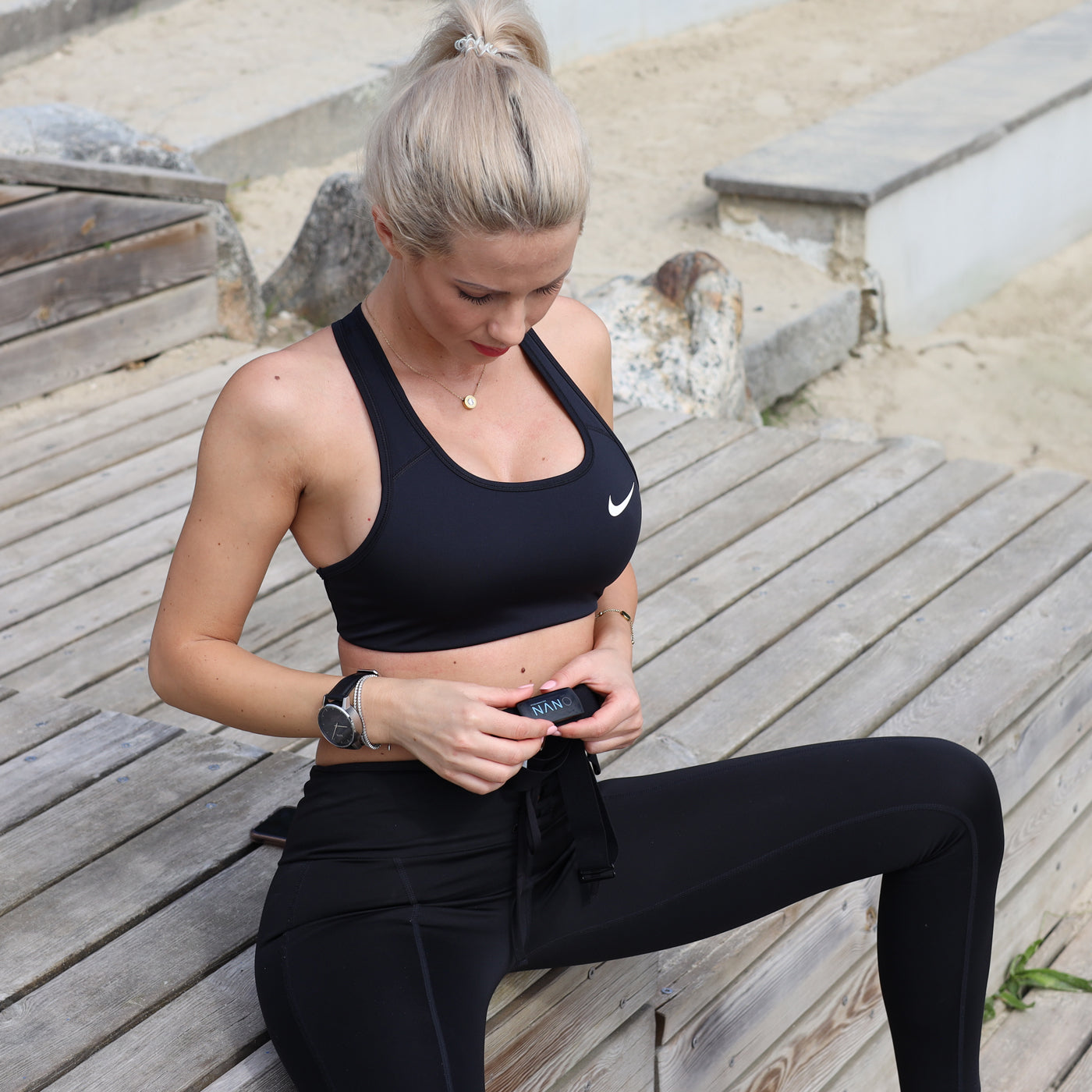

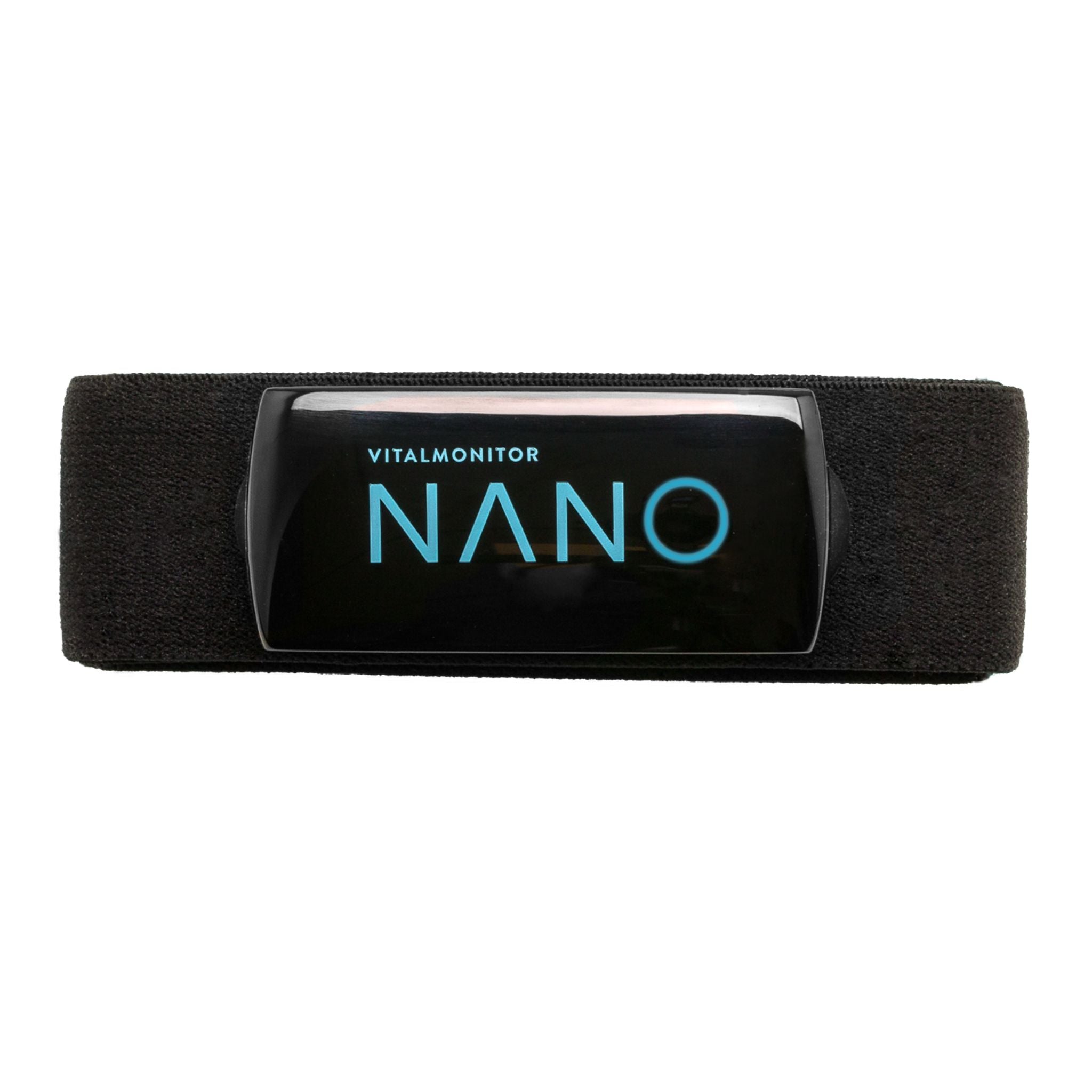


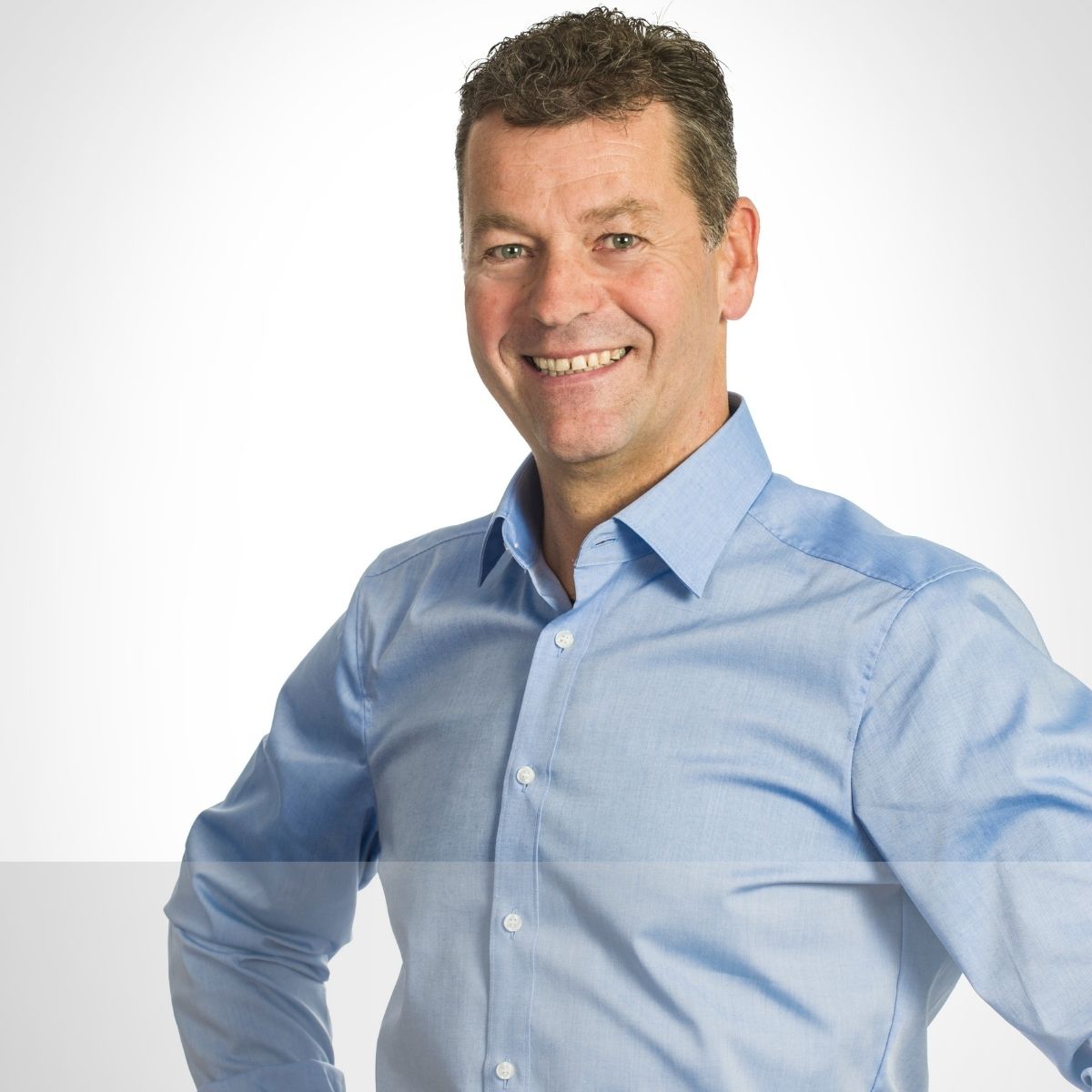
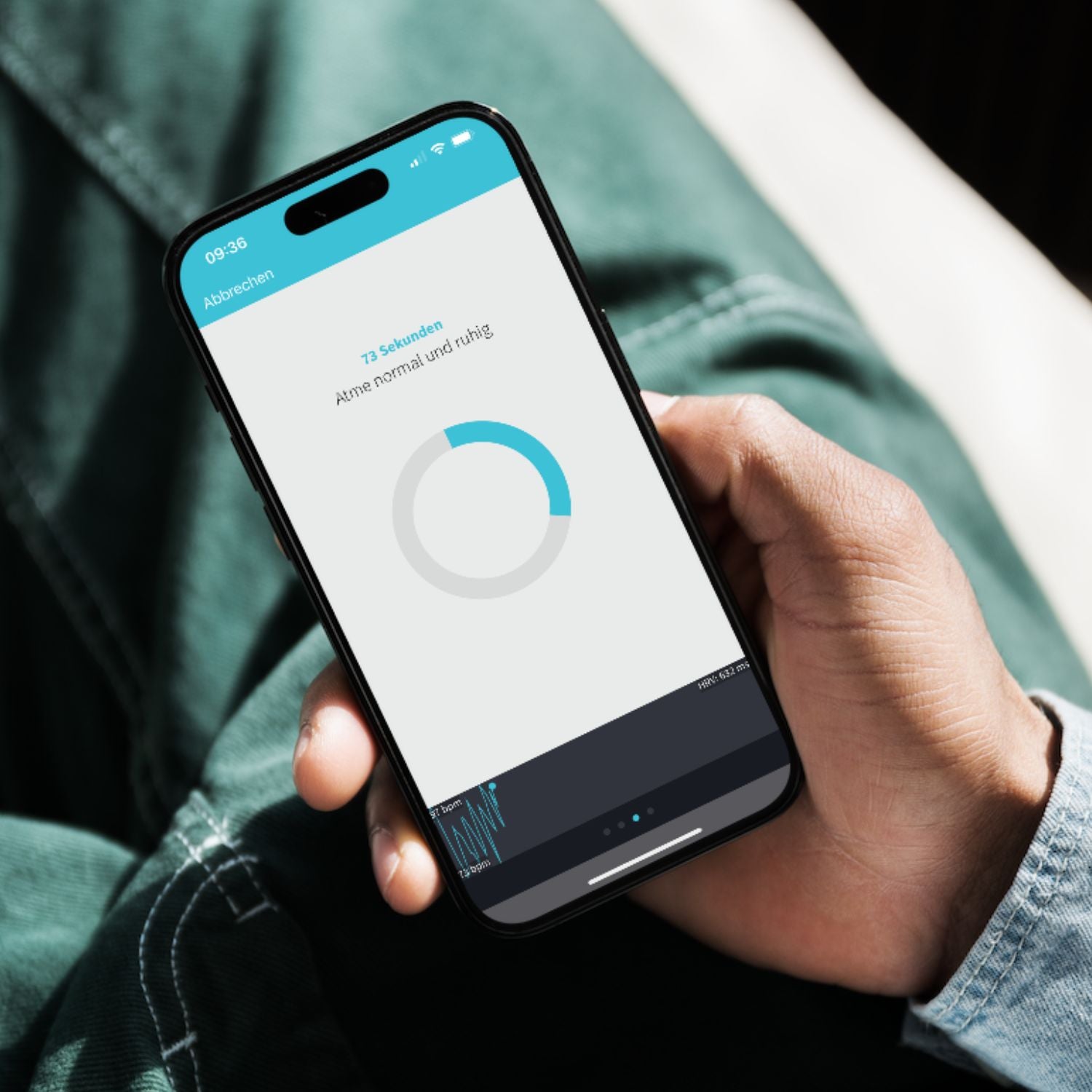

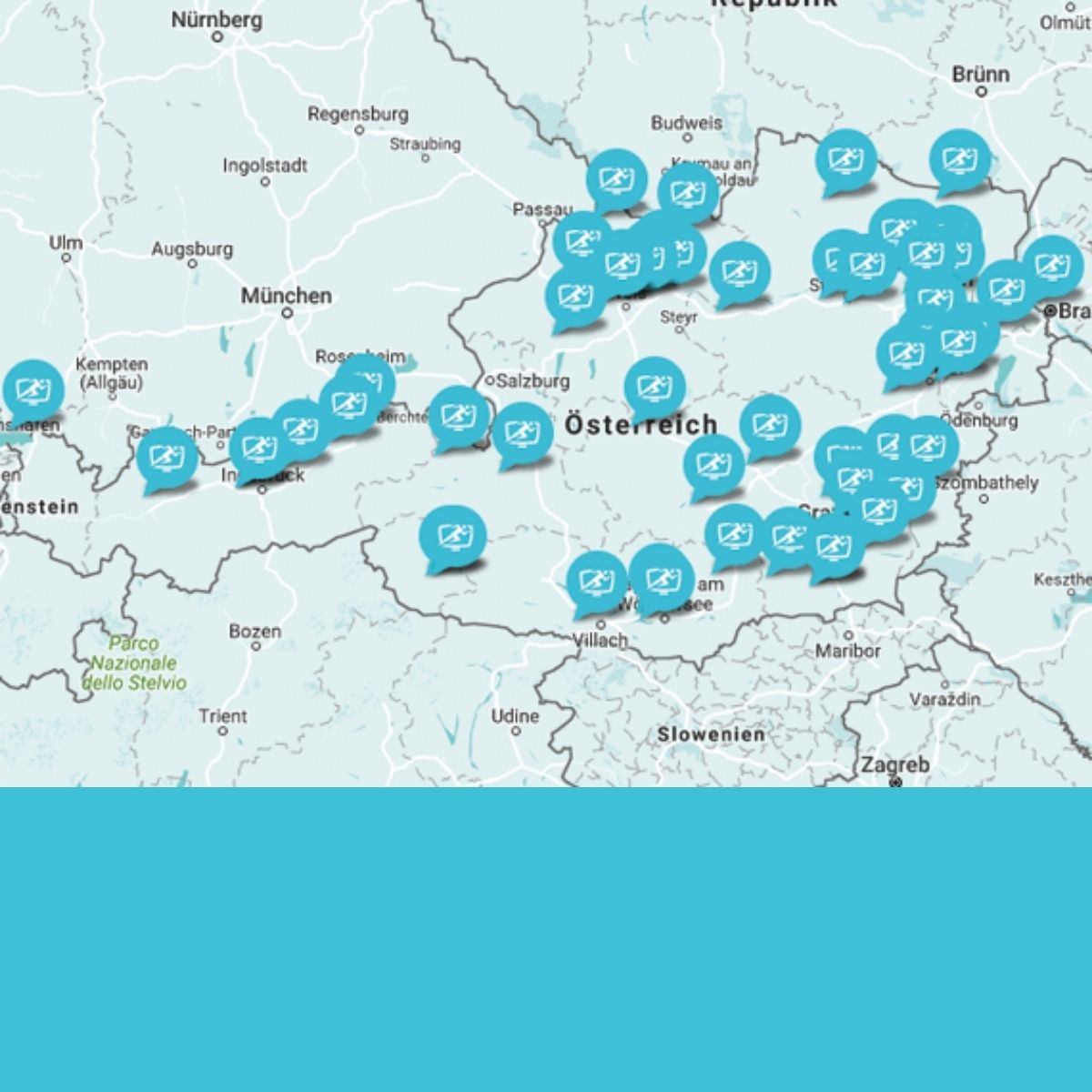
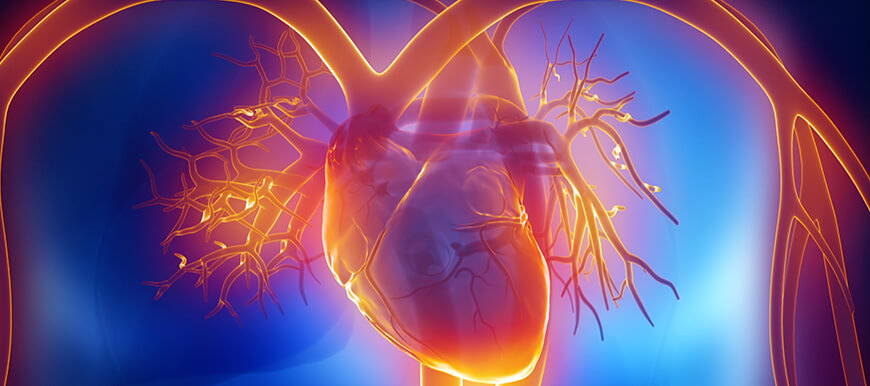
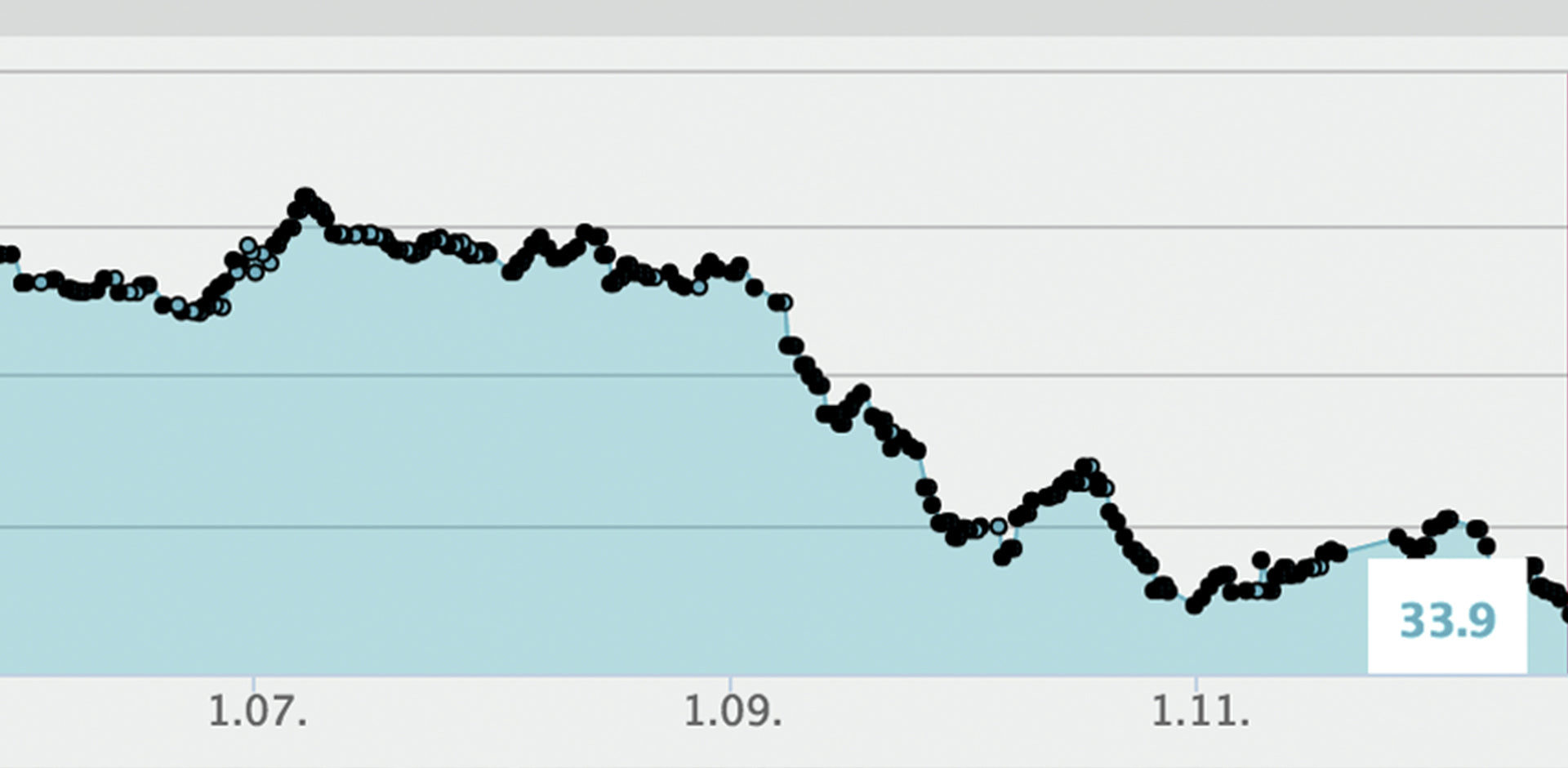

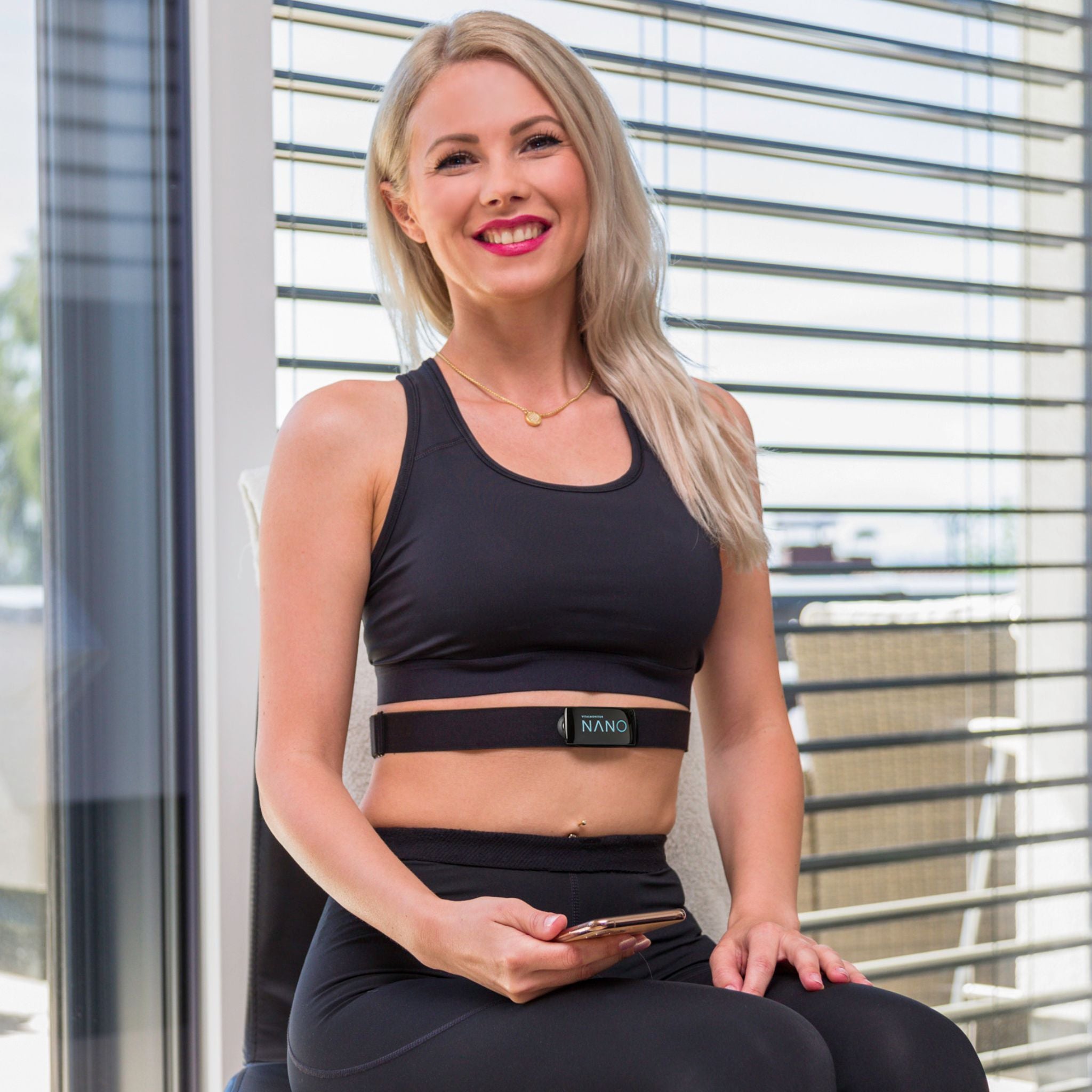
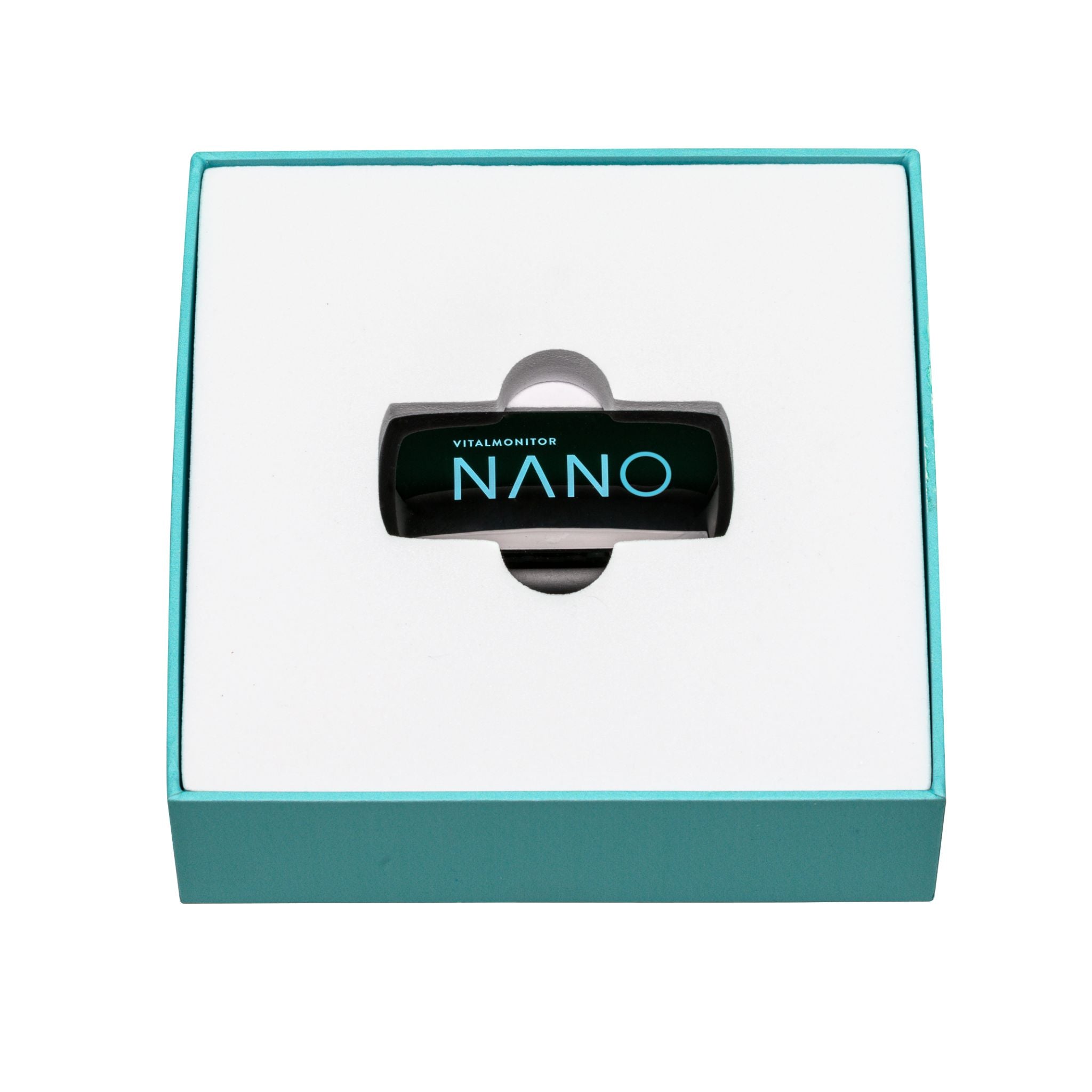
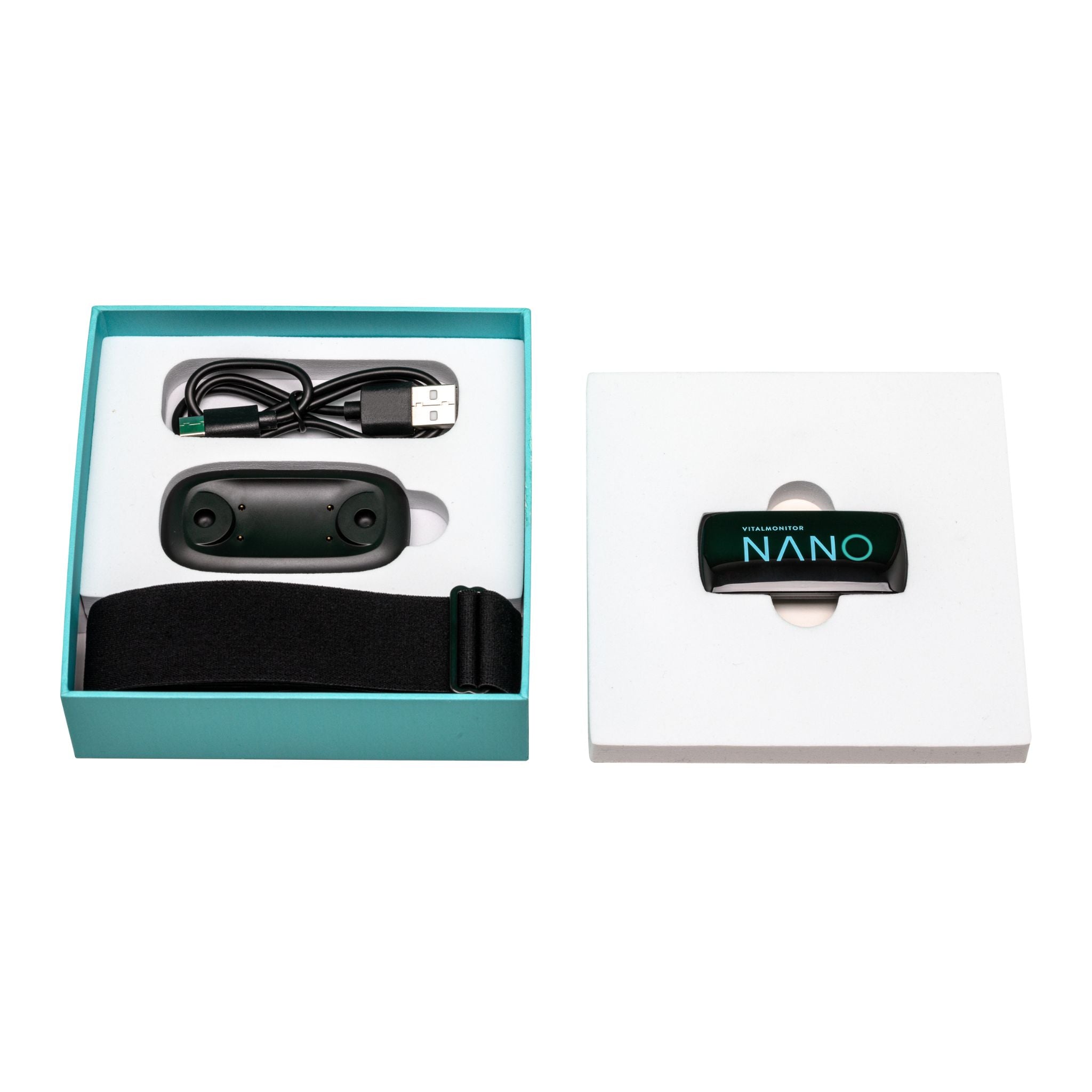
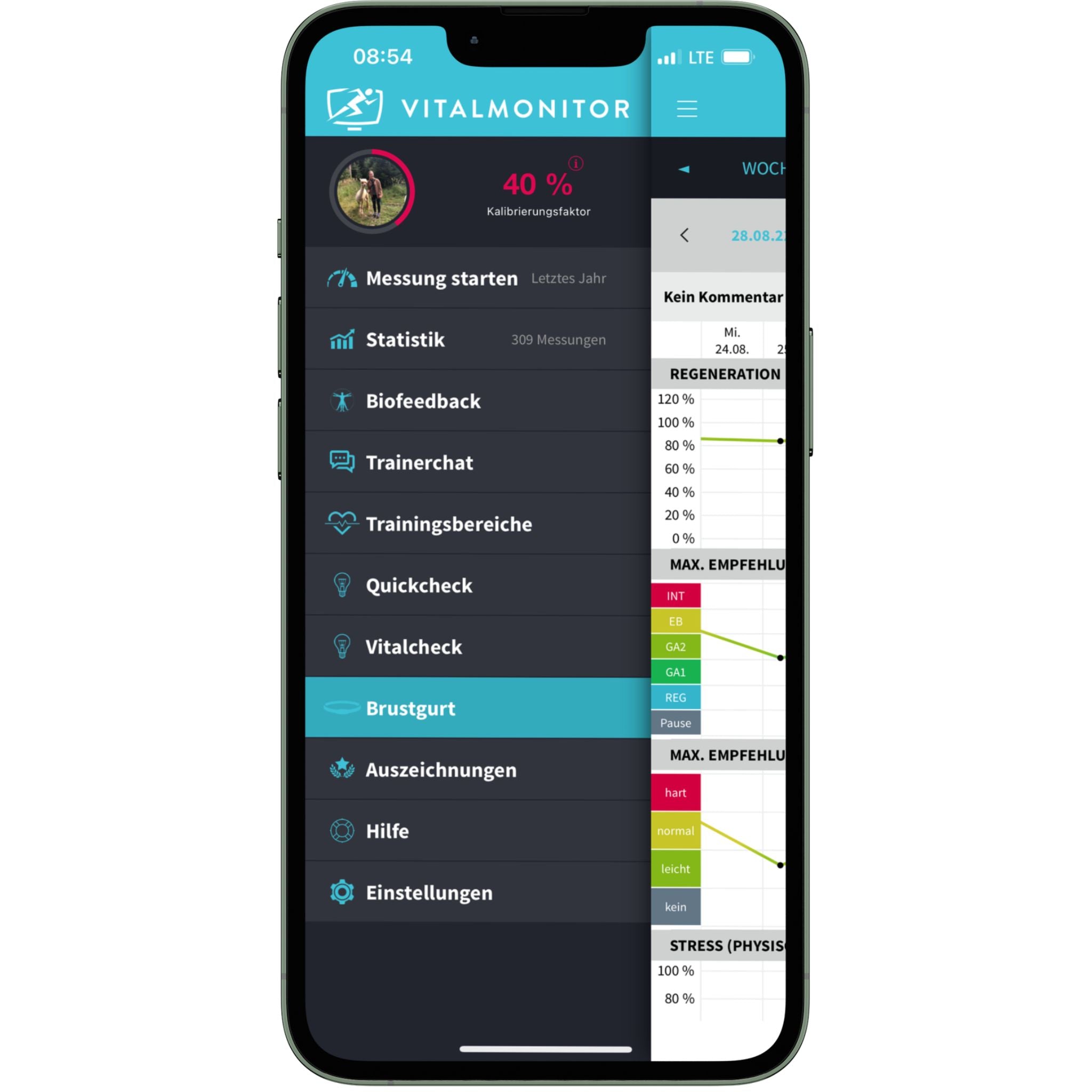
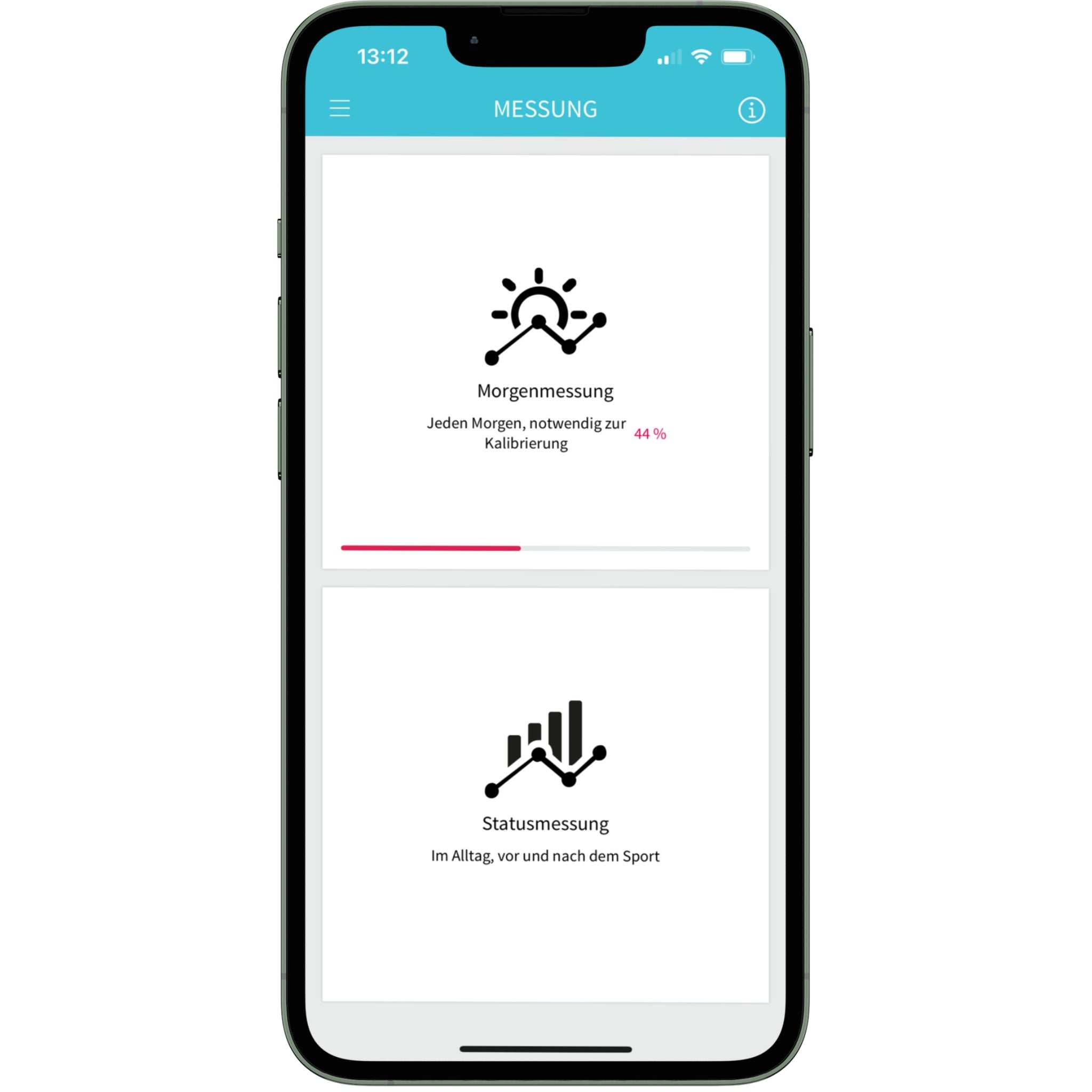
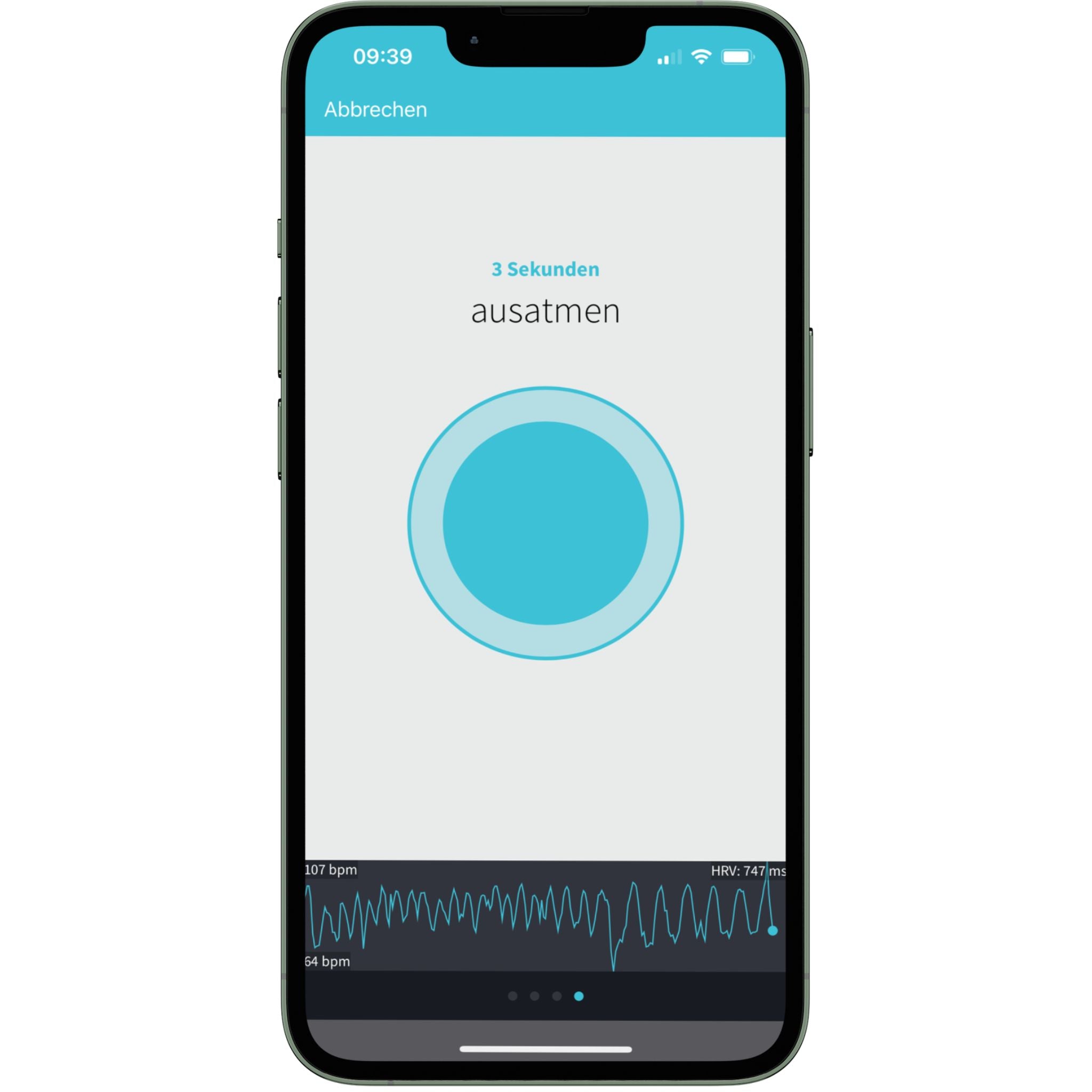
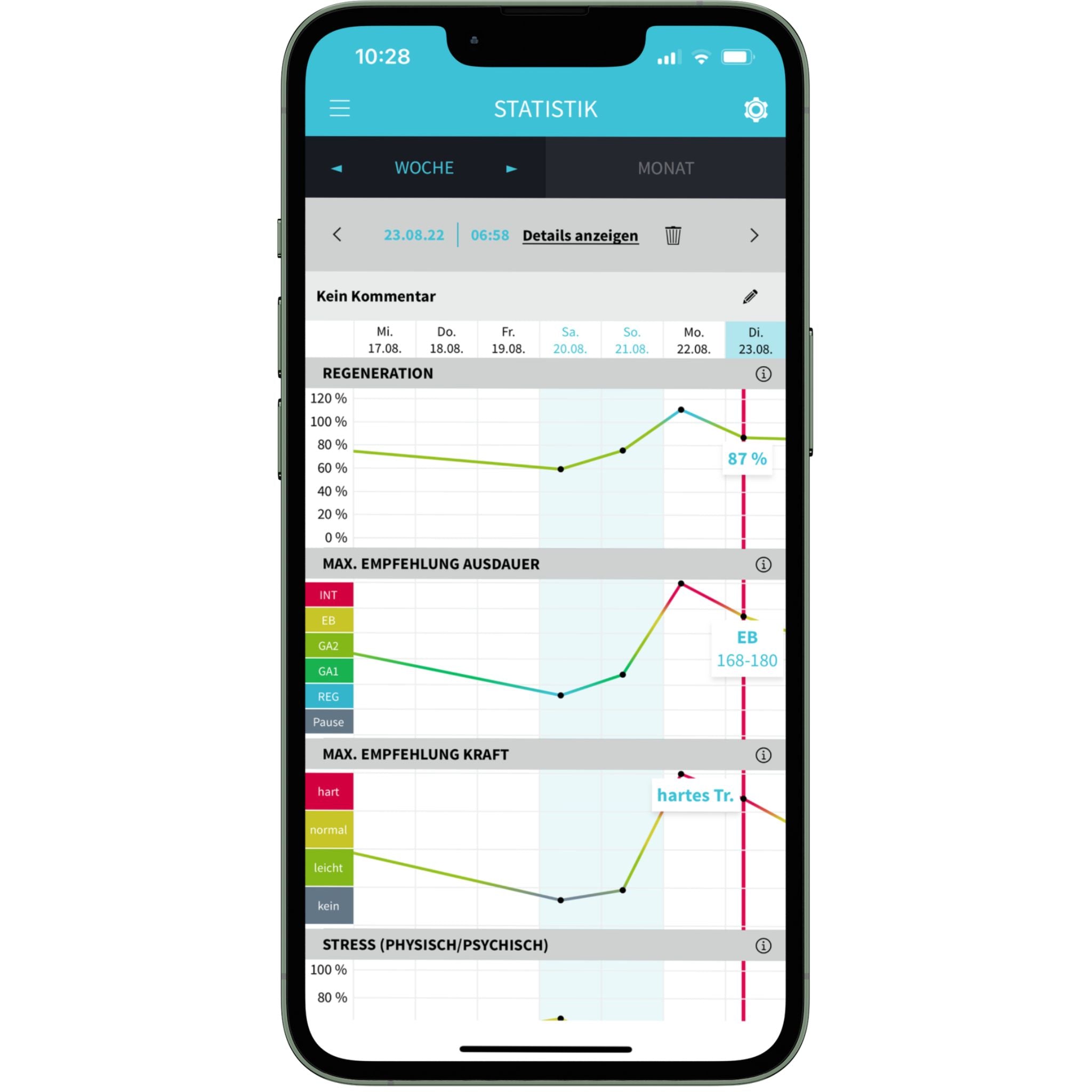
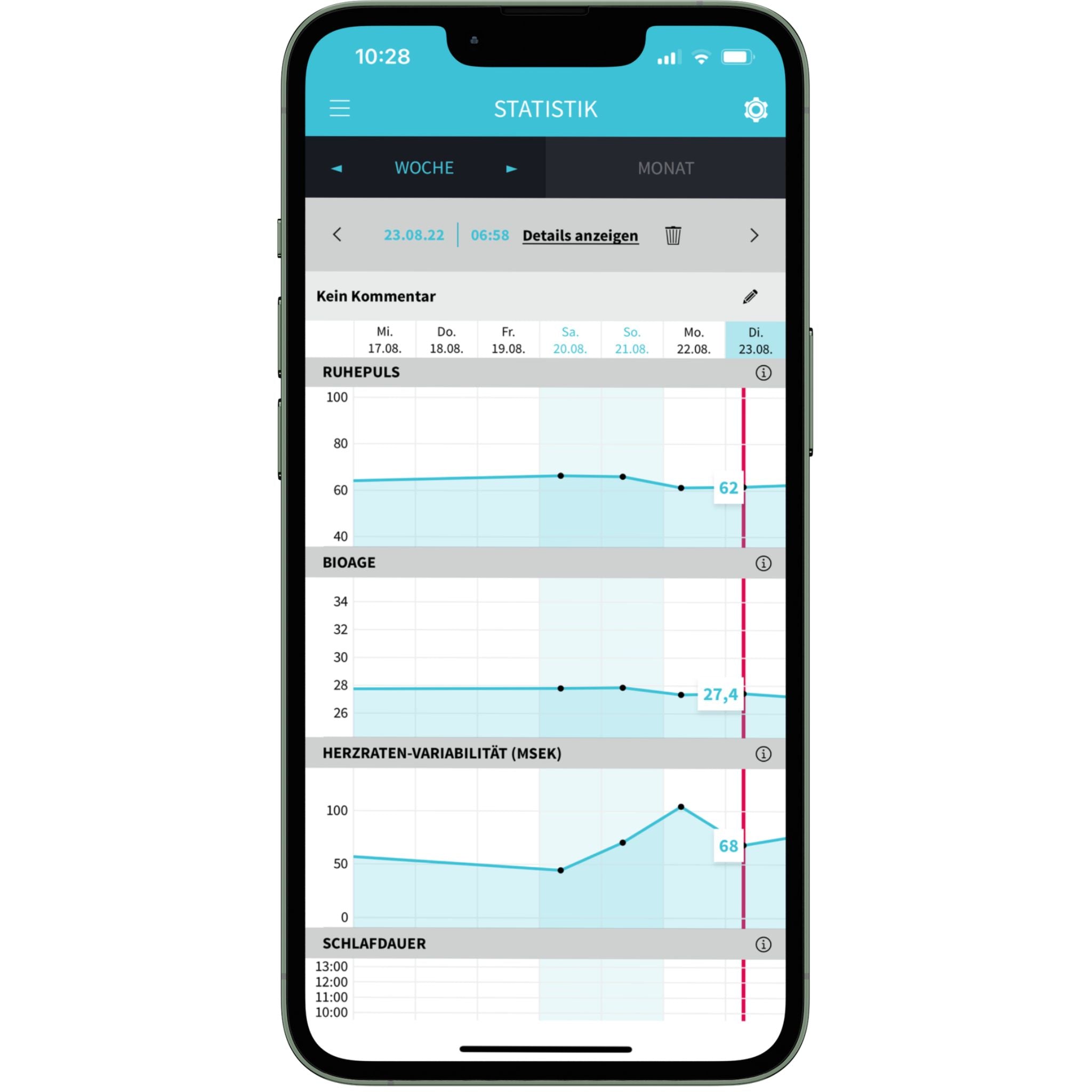
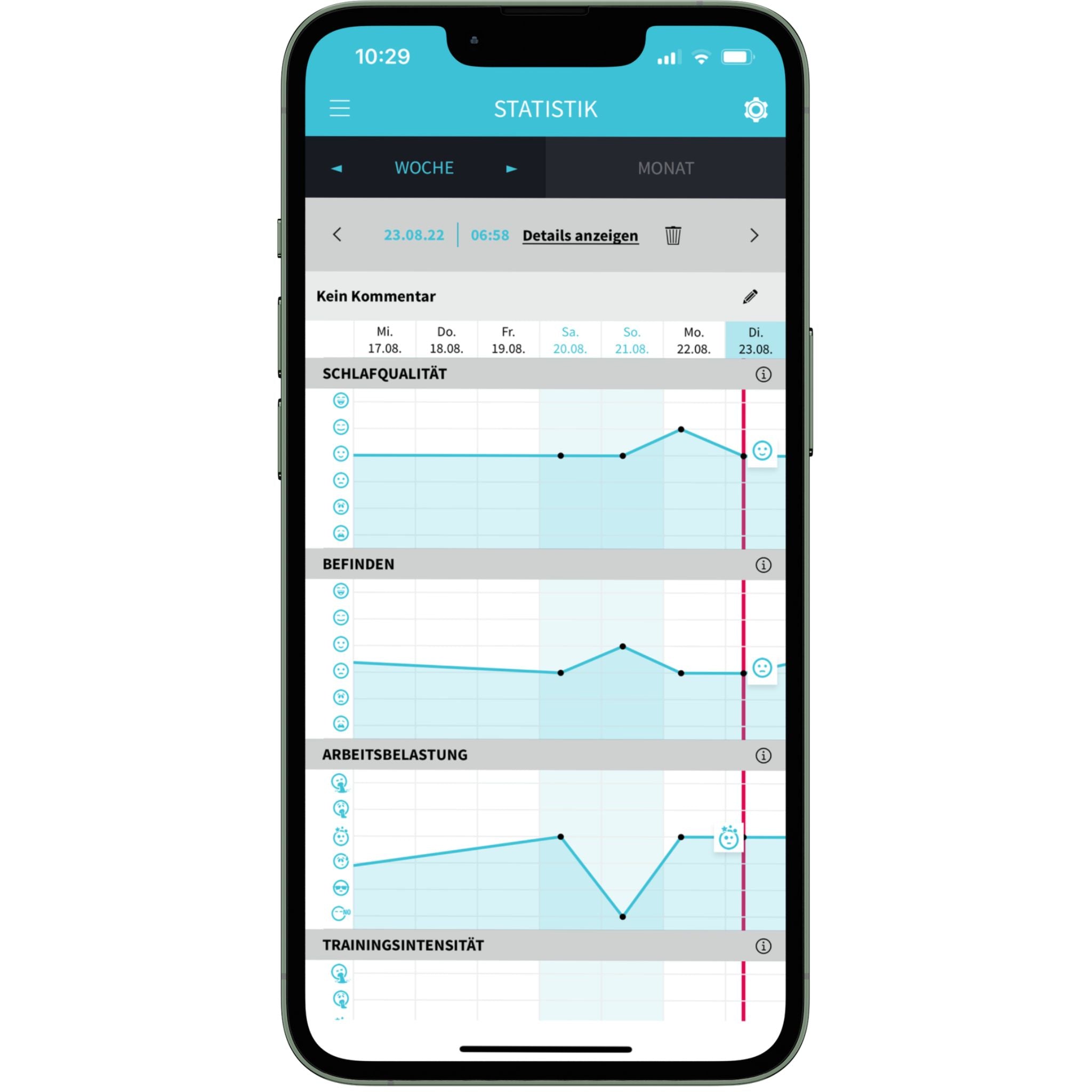
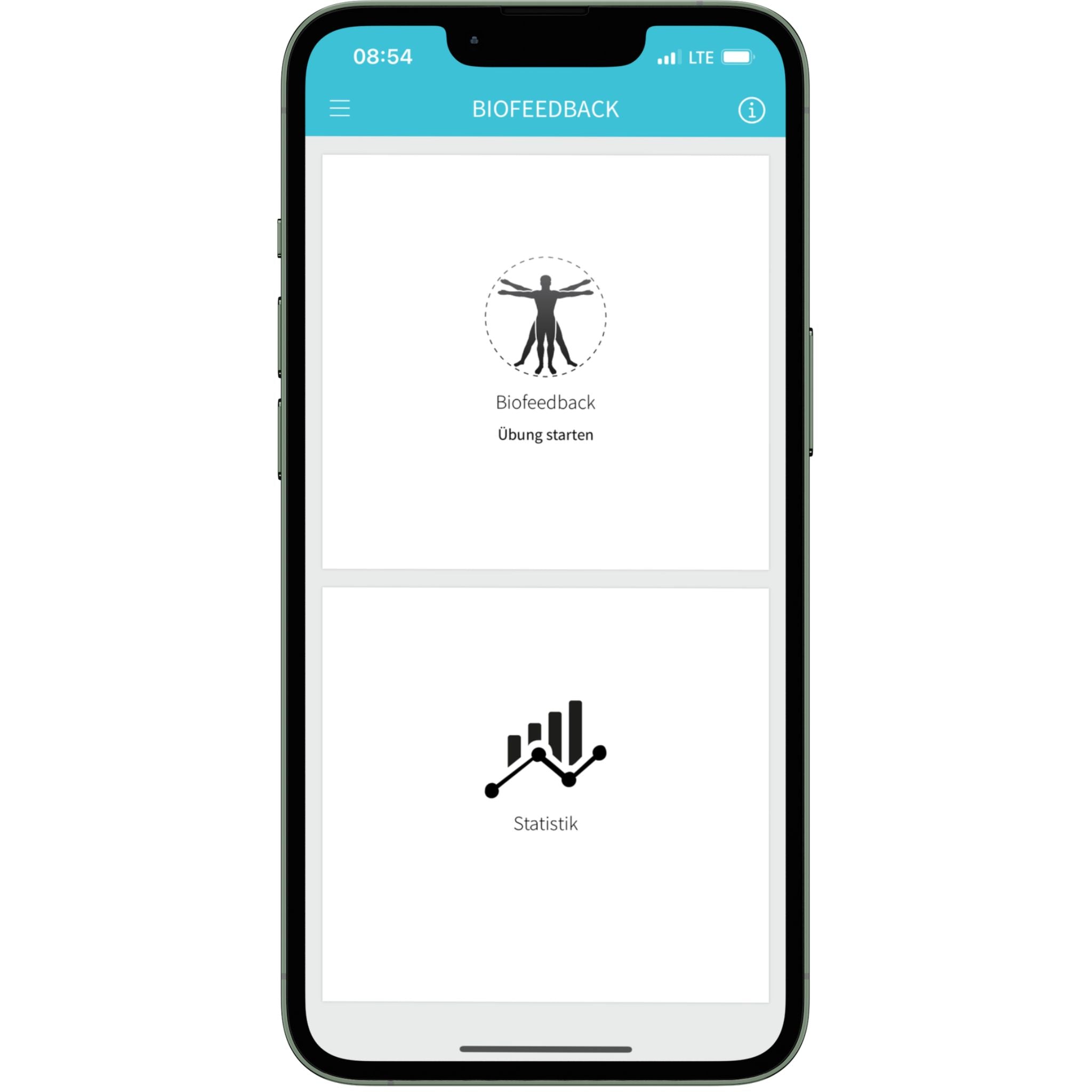
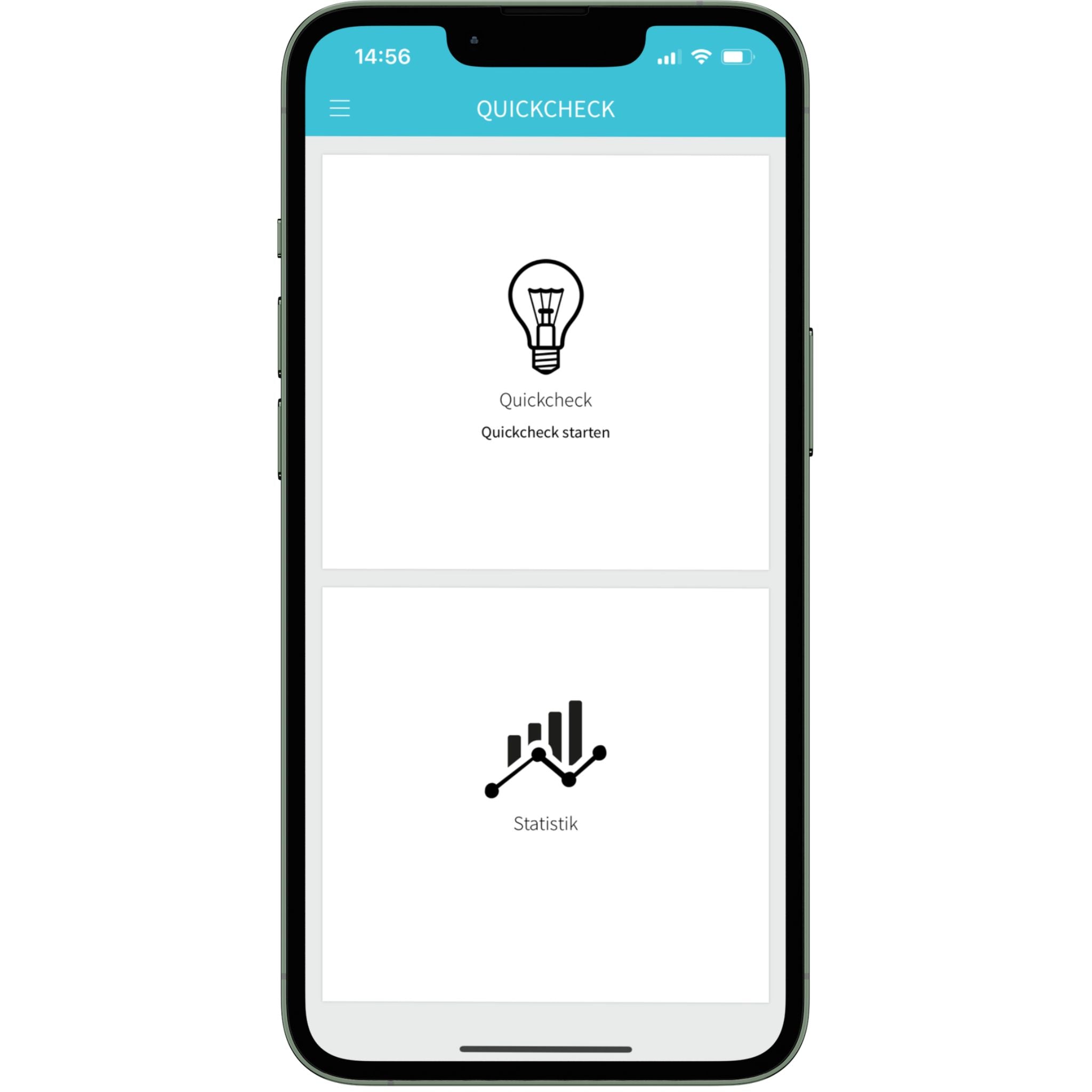
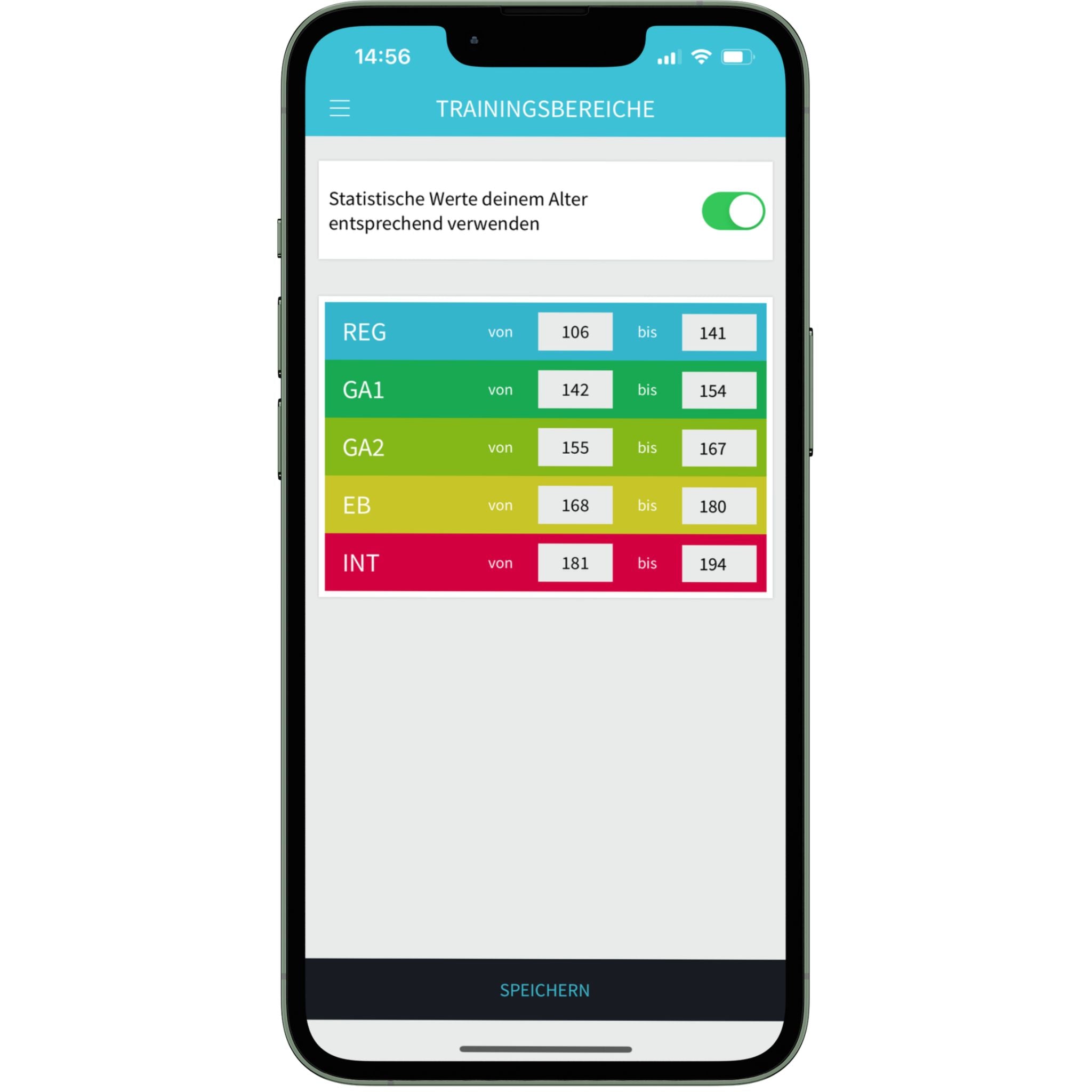
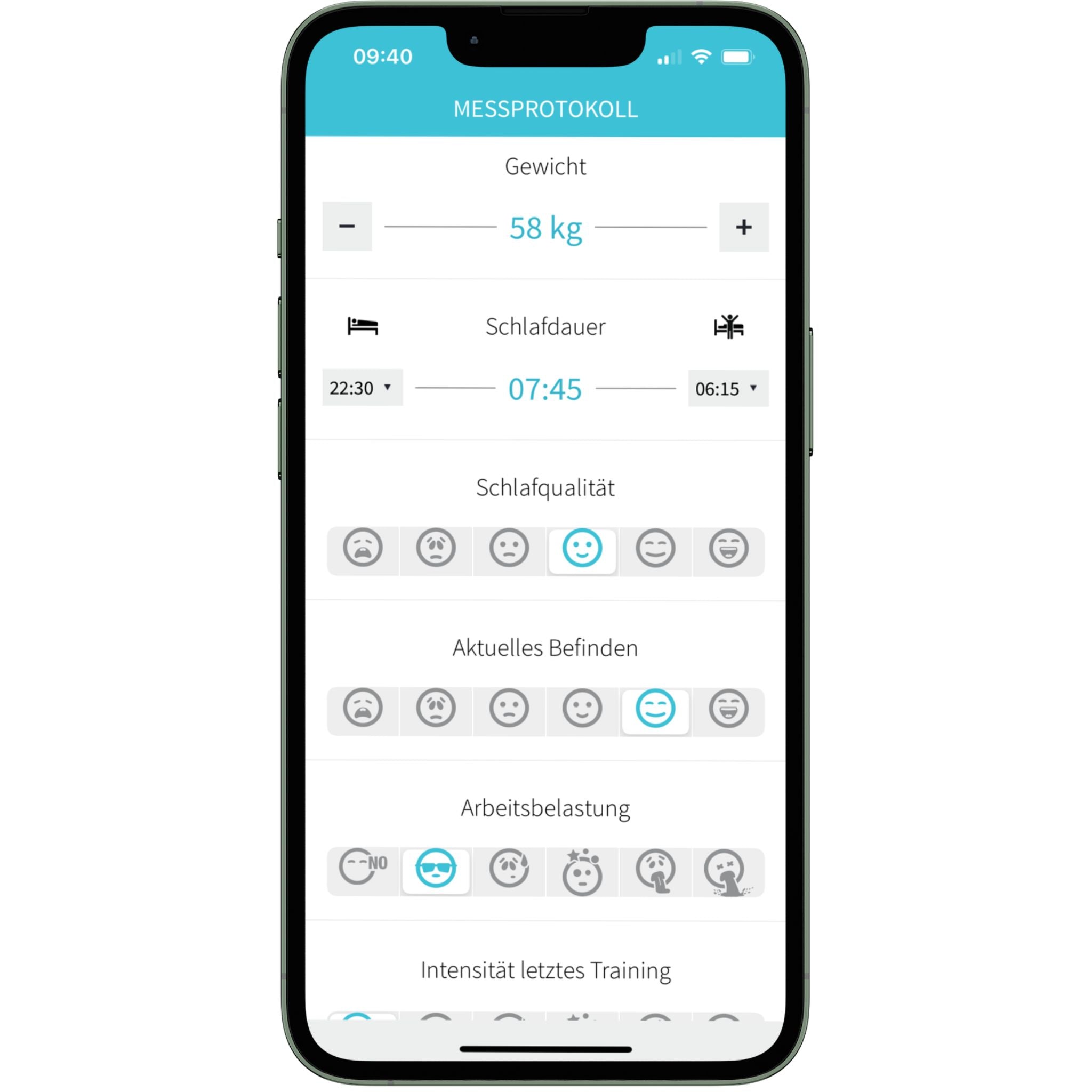
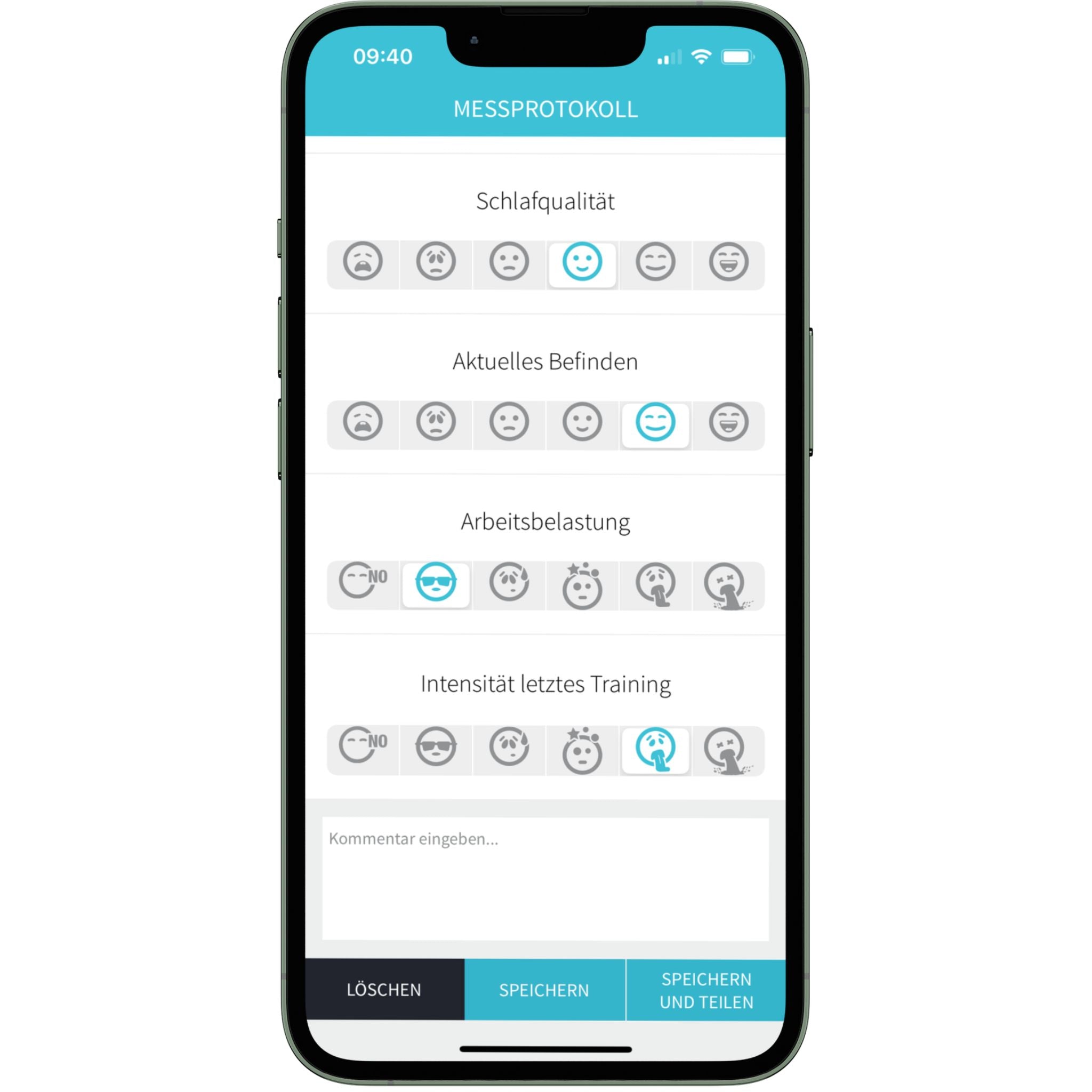
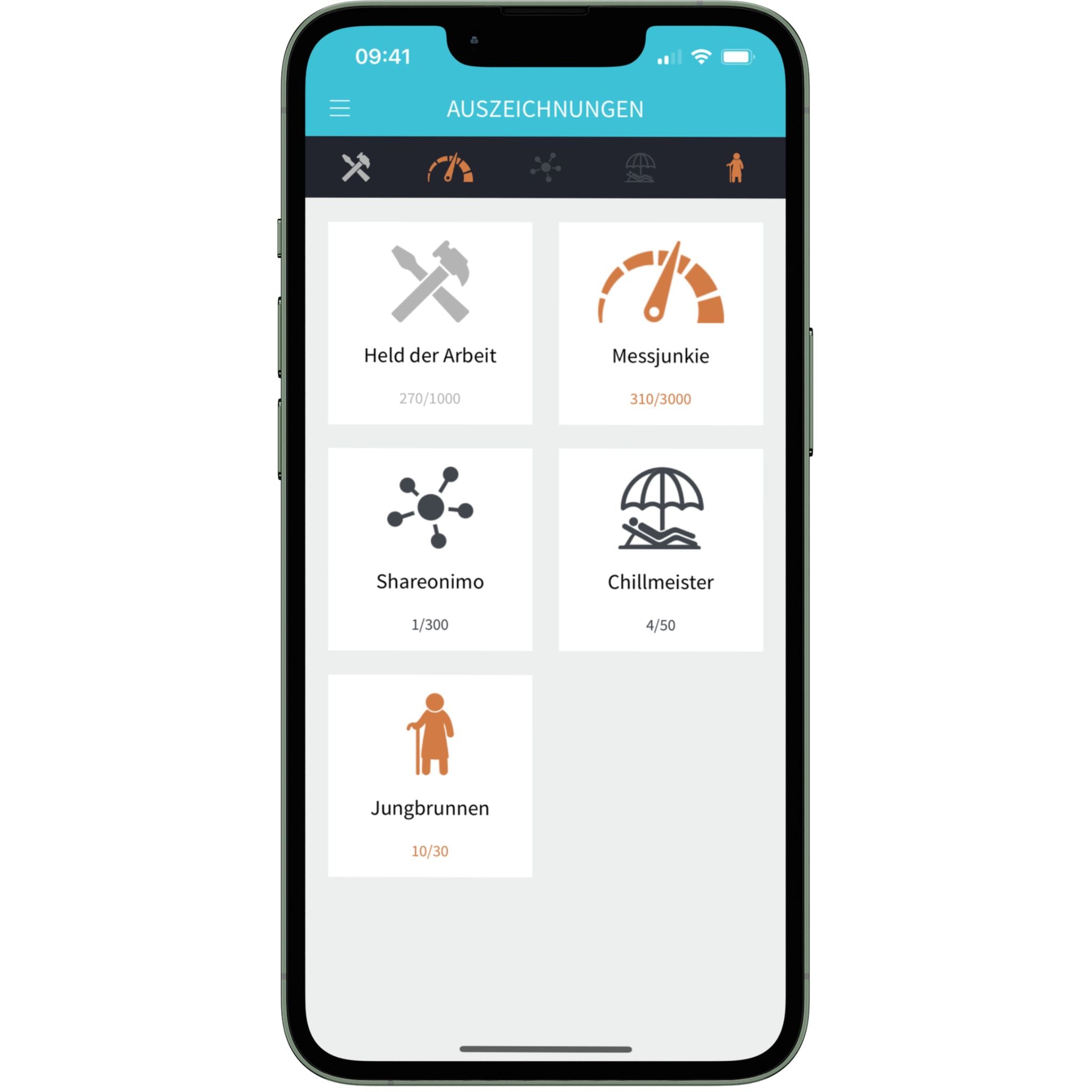
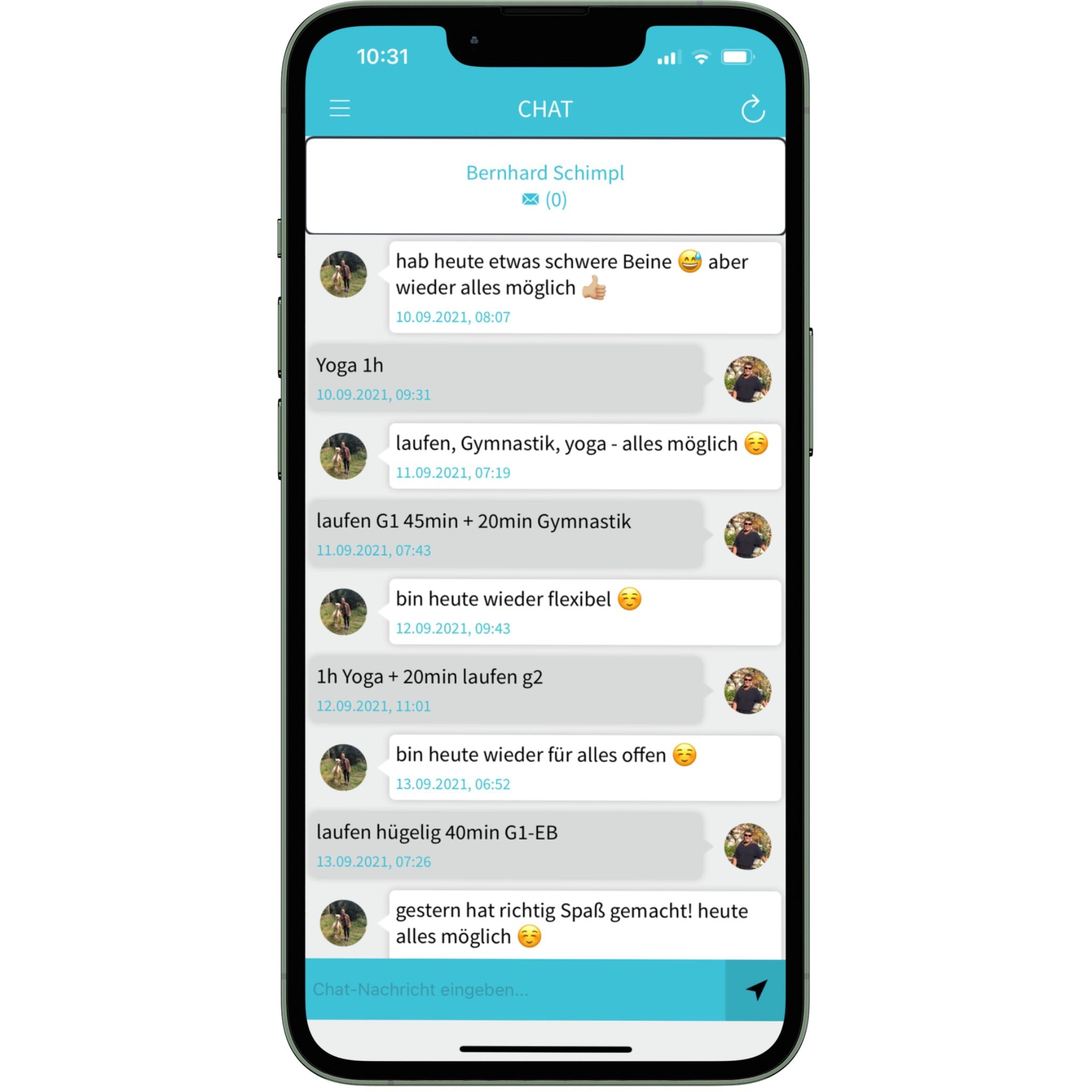
4 comments
Vital
Hallo Karin,
Der Vitalmonitor Nano funktioniert mit fast allen Apps, unter anderem mit Strava, wie du bereits erwähnt hast oder mit Runtastic. Verbinde ihn einfach wie einen normalen Pulsmesser mit deiner Fitness-App und zeichne damit dein Training auf.
Liebe Grüße vom Vitalmonitor Support
Vital
Hallo Walter,
die Abtastrate des Vitalmonitor Nano liegt bei 300 Hz. Bei der Vitalmonitor Messung werden die R-Zacken gemessen!
Liebe Grüße vom Vitalmonitor Support
Locher Karin
Guten Tag, seit ein paar Tagen habe ich den Nano Vitalmonitor. Ich möchte ihn nun auch während des Trainings als Pulsmesser verwenden. Mit welchen Apps geht das? Ich weiss, dass er mit Strava funktionieren würde, aber diese App möchte ich nicht benutzen. Können Sie mir helfen? Herzlichen Dank
Walter
Wie hoch ist die Abtastrate meines NANO und werden die R -Zacken gemessen ?
Leave a comment
All comments are moderated before being published.
This site is protected by hCaptcha and the hCaptcha Privacy Policy and Terms of Service apply.